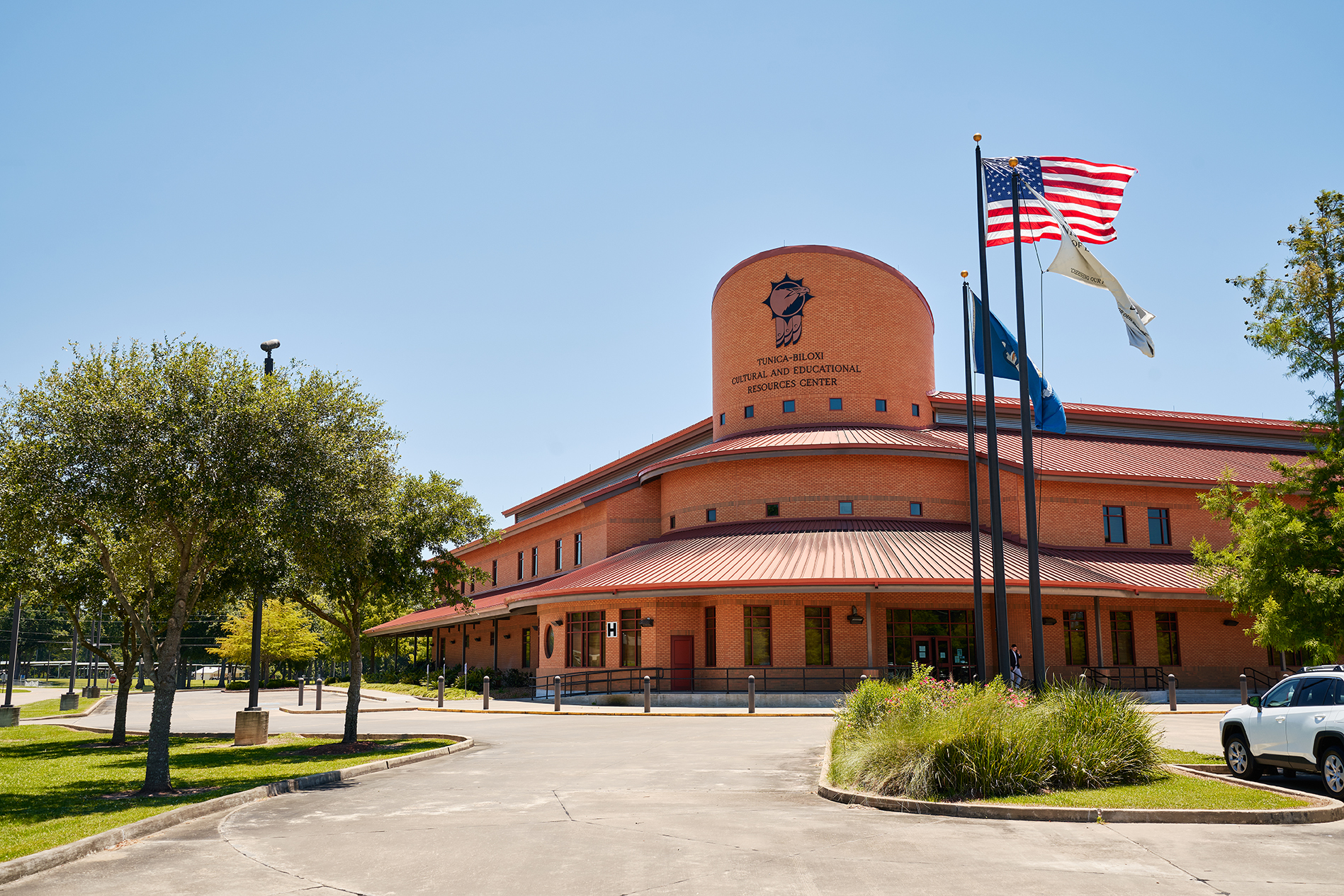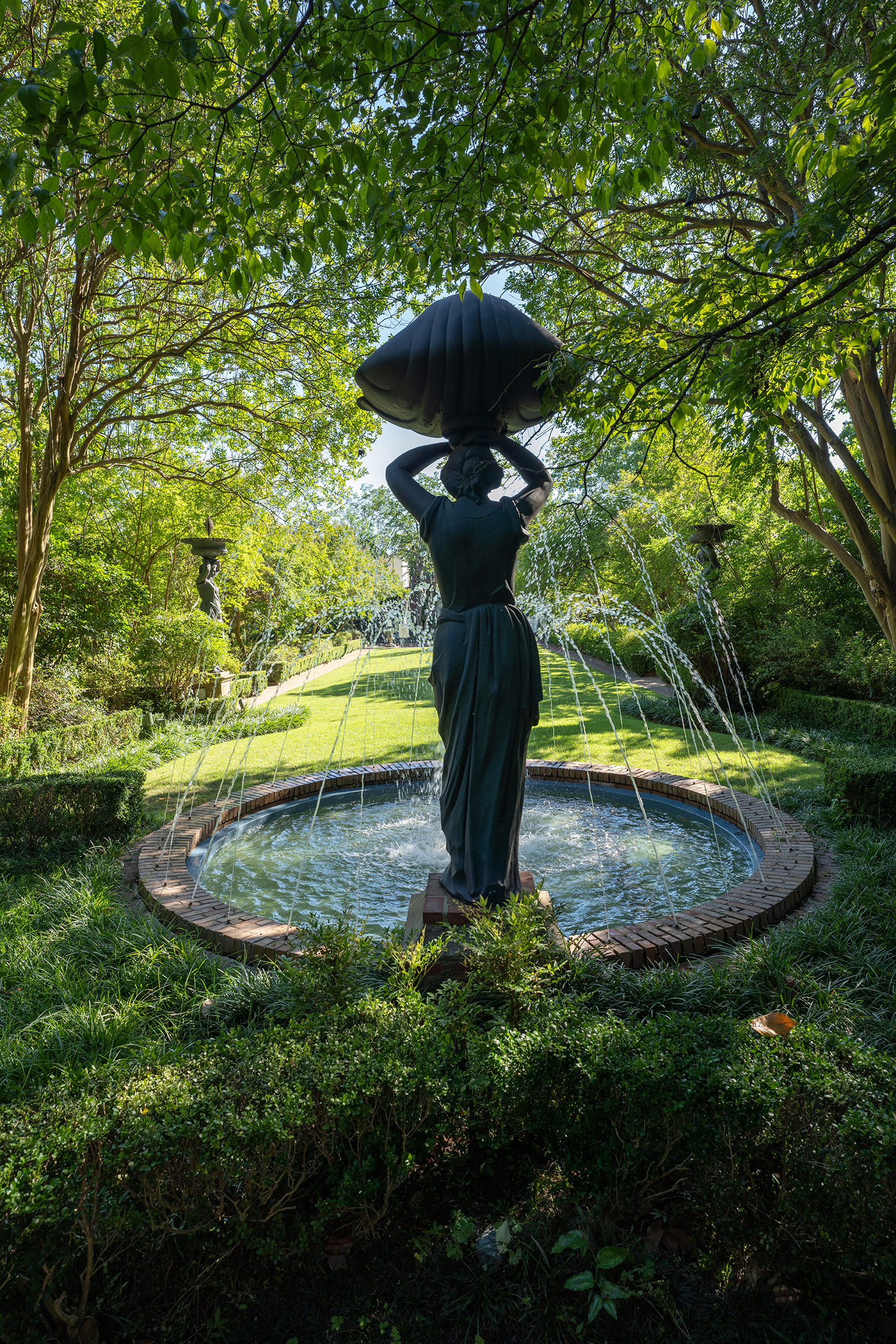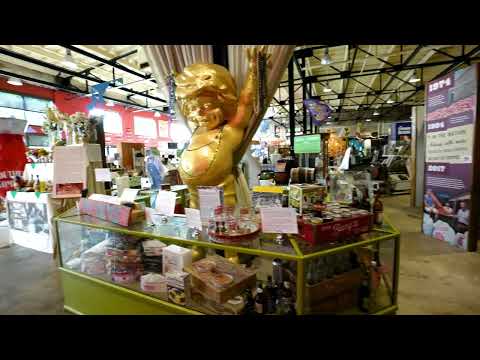
Louisiana's Unique Museums and Exhibitions
Step back in time and explore Louisiana’s rich history at these eccentric museums and exhibits.
Step back in time and explore Louisiana’s rich history at these eccentric museums and exhibits.
In Louisiana, we’re proud of our rich history and colorful culture, so we’ve created many opportunities to preserve the stories of the past with museums and historical sites around the state. However, trying to visit all of our museums could take much longer than your average trip.
Here’s a roundup of our favorites that house some rare or interesting exhibits and artifacts.
See a replica of Britney Spears' childhood room at the Kentwood Museum in her hometown.

Experience Louisiana's culinary history at the Southern Food & Beverage Museum.

Learn about Louisiana's original settlers at the Tunica-Biloxi Museum.

The Capitol Park Museum displays many facets of Louisiana's history.
Interesting Arts and Culture Exhibitions
Kentwood Museum
Kentwood is Britney Spears' hometown, so it’s only fitting for the local museum to pay tribute to her signature glitz and glam. The Kentwood Museum has its own Britney Spears exhibit, featuring a stage replica of her HBO concert special, made with 600 vibrant lights and thousands of intricate parts. Also on display is a replica of Britney's childhood bedroom set along with a variety of memorabilia and awards.
The Southern Food and Beverage Museum
The Southern Food and Beverage Museum (SoFAB) opened its doors in 2008 and is dedicated to the discovery, understanding and celebration of the food, drink and related culture of the South. At the museum, you’ll learn how food and culture are deeply connected, especially in a Southern state like Louisiana. Exhibits include the Gallery of the South, a Culinary Heritage Sign Gallery and the Museum of the American Cocktail’s (MOTAC) Spirited History of Cocktails collection. Discover why New Orleans’ favorite spirit was banned for almost a century at La Galerie D’Absinthe, then taste some for yourself at the Old Absinthe House less than 2 miles away.
Mardi Gras Museum of Imperial Calcasieu
Note: The Mardi Gras Museum of Imperial Calcasieu is currently under construction until late 2025. Visit the museum’s Facebook page for up-to-date information. Step into the world of Mardi Gras when you enter the Mardi Gras Museum of Imperial Calcasieu and learn about the history of Mardi Gras and its many towering, sparkling costumes. You’re sure to be inspired to experience a Mardi Gras celebration in Lake Charles. Discover other Mardi Gras museums in Louisiana.
Fascinating History and Science Museums
Capitol Park Museum
The Capitol Park Museum showcases thematic exhibits on Louisiana’s history, industry and culture. The museum includes two permanent exhibits: Grounds for Greatness: Louisiana and the Nation and The Louisiana Experience: Discovering the Soul of America. Imagine yourself on board a 48-foot wooden shrimp trawler or operating a two-row sugar cane harvester. See an oil-well head and a scale model of a drilling rig. Learn about Louisiana’s most important industries — and historical events. Exhibits on slave markets, resistance, revolt and Jim Crow provide a glimpse into the unimaginable plight of people of color in the South. Other highlights include Buddy Guy’s polka-dot Stratocaster guitar and the bugle Louis Armstrong played as a boy.
National Hansen’s Disease Museum
Located just outside Baton Rouge in this overlooked, unassuming location, hundreds of the nation’s leprosy (Hansen’s disease) patients were banished from society. The complex that once held hundreds of leprosy patients is now the National Hansen’s Disease Museum to remember the story of Hansen’s disease. Visit the beautiful self-sustaining complex and take a tour to discover what life was like for these patients of this rare disease. Admission to the museum and grounds is free, and while you’re in town, take a 20-minute driving audio tour through the Carville Historic District.

See ancient medicines at the New Orleans Pharmacy Museum.

Get outdoors at the Biedenharn Museum & Gardens.
The Rig Museum is totally unique.
Experience Louisiana's quirky side at the Abita Mystery House.
Tunica-Biloxi Museum
The Tunica-Biloxi Museum houses the “Tunica Treasure” — Native American European trade items and other artifacts that were stolen from the original burial ground by a grave robber in the late 1960s. The entire Cultural & Educational Resource Center measures around 40,000 square feet and includes a conservation and restoration laboratory, gift shop and library. During your visit, wander the Tunica Biloxi Nature Trail to see the area’s natural beauty.
New Orleans Pharmacy Museum
The New Orleans Pharmacy Museum is located in the 19th-century apothecary of the first U.S. licensed pharmacist, Louis J. Dufilho Jr. Exhibits include questionable medical practices, historic midwifery and obstetrics, voodoo potions and ancient anesthetics. See hand-blown medicine bottles containing early crude drugs, early patent medicines, medical herbs and gris-gris potions used by local voodoo practitioners. Visitors can also see early surgical tools and learn about alternative medicine of the day, such as bloodletting via leeches.
International Petroleum Museum and Exposition
The International Petroleum Museum and Exposition is often simply called the Rig Museum because of Mr. Charlie. This 220-by-85 foot barge drilled for oil in the nearby Gulf from 1954 to 1986, and it was the first fully transportable, submersible drilling rig, revolutionizing global offshore oil exploration and drilling. It is said that Mr. Charlie’s American industrial history significance was so great that the Smithsonian considered displaying it after its retirement. The Smithsonian declined, however, because it had no galleries big enough to house the rig.
Galleries and Other Exhibitions
Biedenharn Museum and Gardens
Venture up north for sweet treats at the Biedenharn Museum and Gardens. This property’s namesake, Joseph Biedenharn, was the first person to ever bottle Coca-Cola for public distribution and sale. The museum has an extensive Coca-Cola memorabilia exhibit, including vintage signs and a Model T Coca-Cola delivery truck. Don’t forget to grab a bottle from an original five-cent vending machine! The museum’s Bible exhibit features dozens of rare books, including a page from the 1454-55 Gutenberg Bible.
The Abita Mystery House
The Abita Mystery House is also known as the UCM (you-see-‘em) Museum, a bizarre collection of oddities, folk art, and homemade inventions. Exhibits include miniature scenes from a jazz funeral and a Mardi Gras parade, as well as thousands of folk art objects ranging from pottery and combs to vintage postcards and license plates. Adjacent to the main gallery (an abandoned vintage gas station) is the glass-adorned and vintage bicycle-filled House of Shards, and throughout the property are sculptures of alligator hybrid animals, including Buford the bassigator and Darrell the dogigator.
More Hidden Gems
Looking for more of Louisiana’s unusual spots? Check out the Gothic Hanging Jail in DeRidder, an architecture marvel suspected to be haunted by former inmates. Walk to Wolf Rock Cave in the Kisatchie National Forest, the only known cave in Louisiana used by early people as a rock shelter. Rent a kayak and paddle to the Castle Tree, a 1,000-year-old cypress tree at Chemin-a-Haut State Park; and stop by Poverty Point World Heritage Site to discover 3,000-year-old Native American mounds and artifacts.
Fans can discover Britney Spears' roots at this museum in her hometown.
Dive into the South's rich culinary history at the Southern Food and Beverage Museum.
From sugar cane to soul music, Capitol Park Museum brings Louisiana's history to life.
See the recovered "Tunica Treasure" and learn about the tribe's cultural legacy.
The New Orleans Pharmacy Museum reveals the curious history of early medicine and voodoo remedies.
Explore a historic oil rig that revolutionized offshore drilling.
This Monroe museum highlights local history, collectibles and culture.


















